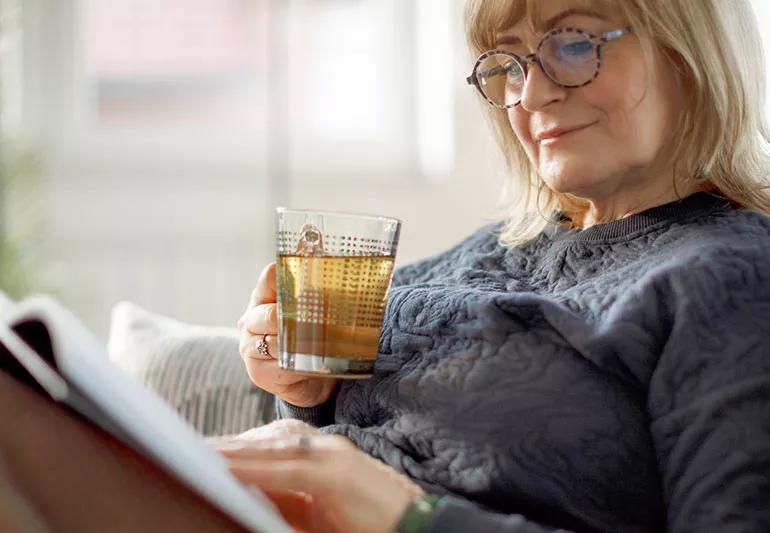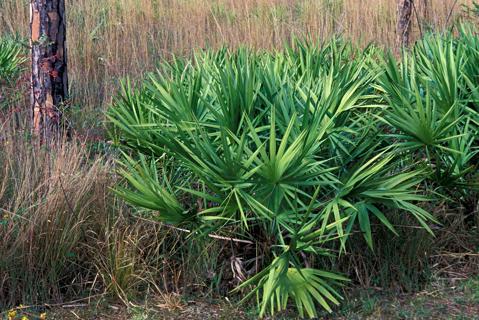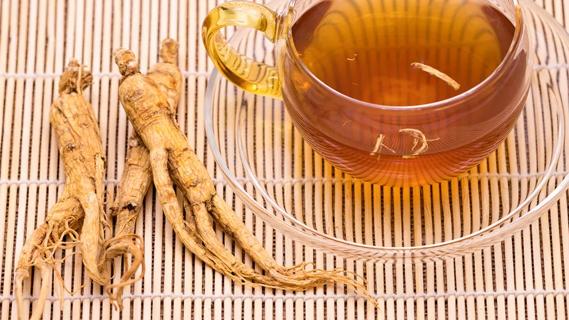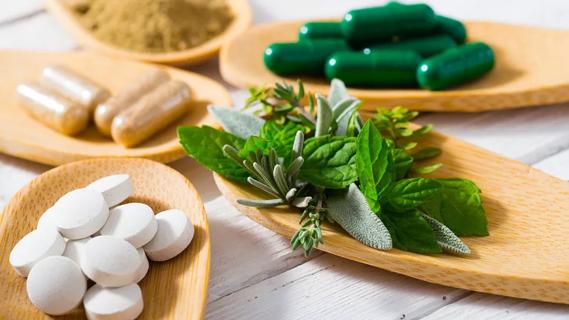This traditional Chinese medicine formulation may help with stress, depression and more

The Chinese herbal medicine blend Xiao Yao San may be an ancient antidote for a modern-day problem. “In our industrial society, everybody is busy and stressed,” says licensed Chinese herbalist Song Luo, MPH, LAc. “Xiao Yao San helps soothe and relax you by improving the movement of your liver qi (pronounced ‘chi’).”
Advertisement
Cleveland Clinic is a non-profit academic medical center. Advertising on our site helps support our mission. We do not endorse non-Cleveland Clinic products or services. Policy
In order to understand how Xiao Yao San works, you need to first understand that biomedicine and traditional Chinese medicine (TCM) use completely different systems of explaining, diagnosing and treating disease. In traditional Chinese medicine, qi is the energy that circulates through your body. And freely flowing qi is believed to be important for good health.
While organs like the liver, stomach and spleen exist in both TCM and Western medicine, they’re conceptualized very differently. In TCM:
Taken together, these organs — along with your small and large intestines — function like the gastrointestinal (GI) tract in biomedicine.
TCM sees depression and anxiety as a kind of traffic jam in your liver, preventing your qi from moving where it needs to go. Luo explains how Xiao Yao San may help, its uses and its potential side effects.
Xiao Yao San in English means “free and easy wanderer,” and Luo says that’s exactly how this formulation should make you feel. “In TCM, the liver, spleen and gastrointestinal (GI) system are all closely related to each other and are impacted by stress, anxiety and depression. This herbal formula primarily targets your liver, spleen and stomach to help with these problems.”
Advertisement
Xiao Yao San has been around for about 700 years and is a mixture of eight herbs:
In TCM, Chinese herbs have primary and secondary uses. Primary uses are the main benefits of an herb that have shown the strongest results. Secondary uses are additional benefits you may experience. Luo highlights three uses for Xiao Yan San:
“One of Xiao Yao San’s primary uses is soothing congested qi from your liver,” Luo explains. “It moves and disperses your liver qi throughout your body, which helps alleviate stress, anxiety and depression.”
Several studies back up these benefits. A 2019 lab experiment suggested that Xiao Yao San may reduce depression symptoms by regulating intestinal flora. A 2021 study yielded similar findings.
In TCM, prevention is just as important as treatment. “A diseased liver is going to negatively affect your spleen and stomach. Another primary use of Xiao Yao San is to protect these organs in advance,” says Luo.
In Chinese herbology, white atractylodes, poria mushroom and ginger root strengthen the spleen and stomach, shielding your digestive system from future problems.
“The spleen and stomach are the most important organs for digestion. Poria mushrooms and white atractylodes go straight to your spleen,” says Luo. “Ginger goes directly to your stomach. When nausea, cramping and vomiting occur, there is a rise in your stomach qi, which ginger can quickly cool off.”
A 2022 review of studies in Biomedicine and Pharmacotherapy concluded that Xiao Yao San may reduce symptoms and recurrence rates in people with gastrointestinal (GI) disorders such as irritable bowel syndrome, constipation, and indigestion (dyspepsia). The studies themselves had flaws, though. More research is needed to fully understand Xiao Yao San’s impact on GI health.
A secondary use of Xiao Yao San is helping ease mood changes during pre-menstrual syndrome (PMS). In TCM, PMS indicates a problem with the liver qi. The thinking, then, is that the positive effects that Xiao Yao San has on liver qi can also help improve period-related mood symptoms. But Luo says there are more powerful Chinese medicine formulations to treat PMS, and the research on Xiao Yao San and PMS isn’t very robust.
Advertisement
Luo says Xiao Yao San is a gentle blend — clinical trials suggest most people will have no problems when they take it. But some could experience side effects from specific herbs in the blend, including:
“And if you’re allergic to one of the herbs in this formulation, you could also experience itchy skin or diarrhea. But that’s extremely rare,” notes Luo.
Luo advises consulting a licensed Chinese herbalist before starting any herbal therapy regimen. “This is the safest way to do it. Even though Xia Yao San is available online, I don’t recommend ordering it on your own. They can’t guarantee the quality,” he says. In the United States, you can find practitioners through the National Certification Commission for Acupuncture and Oriental Medicine (NCCAOM).
“Most licensed herbalists will perform blood tests for liver and kidney function and take a detailed health history to make sure it’s safe for you to take an herbal blend,” explains Luo. “They should also recheck your blood work a few weeks later to ensure everything is still OK. Your herbalist can also connect you with a reputable herbal company with quality herbs.”
Advertisement
While Luo most often prescribes taking one small 2-gram bag of powdered Xiao Yao San three times daily, dosages should be tailored to your health. If you have a sensitive stomach, for example, he recommends taking it 30 minutes after a meal. To take 2 grams of powdered Xiao Yao San, completely dissolve the herbal blend in 3 to 4 ounces of hot water and drink it while it’s warm.
Chinese herbal medicine is all about the big picture. You’re not just treating symptoms and diseases, but the whole person. “That’s why it’s important to incorporate other healthy habits into your routine,” notes Luo.
“The liver relates to stress, hormones, menstruation — even your tendons and your eyes. Try yoga, walking, jogging and stretching. So many different things can help relieve your liver and get your qi moving. Combine them with Xiao Yao San, and you’ll have a better quality of life.”
Advertisement
Learn more about our editorial process.
Advertisement

Until there’s more research on it, this plant’s greatest claim to fame is its deliciousness

This adaptogenic herb can help your body respond to stress — but there’s not enough evidence to prove other claims about its benefits

This herbal medicine is said to reduce stress, ease pain and promote overall well-being, but more research is needed

Far more research is needed to support the many touted health claims

Research suggests the effect of the supplement, particularly for prostate health, may not deliver believed benefits

Two types of ginseng work in different ways to help improve energy, immunity and heart health

Besides questionable effectiveness, herbal supplements aren’t safe for everyone

Natural doesn’t mean they’re safe or effective

Babies can get congested easily, but you can calm their cough by keeping them hydrated, using nasal drops and running a humidifier

Weight loss may cause loose, sagging skin and muscle loss to your rear

Several conditions, like vitiligo and fungal infection, can cause a loss of pigmentation, leading to white spots or patches on your skin